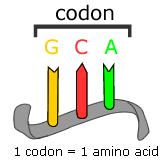DNA, DNA!, DNA Terms
4.0(5)
Card Sorting
1/30
Study Analytics
Name | Mastery | Learn | Test | Matching | Spaced |
|---|
No study sessions yet.
31 Terms
1
New cards
DNA
Deoxyribonucleic Acid; A nucleic acid found in the nucleus of all living cells, which carries the organism's hereditary information.
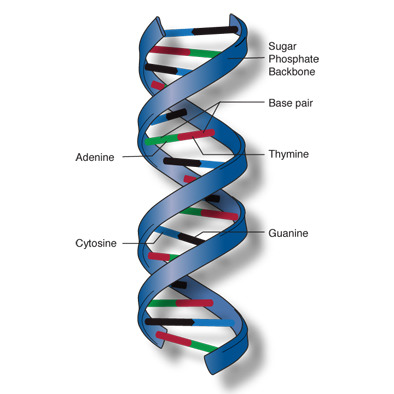
2
New cards
chromosomes
rod-shaped cellular structure made of condensed chromatin; contains DNA, which carries the genetic information that controls inherited characteristics such as eye color and blood type.
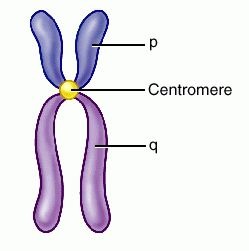
3
New cards
nucleotide
monomer of nucleic acids made up of a 5-carbon sugar, a phosphate group, and a nitrogenous base
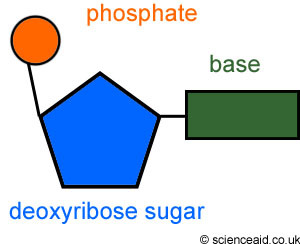
4
New cards
double helix
Shape of a DNA molecule formed when two twisted DNA strands are coiled into a springlike structure and held together by hydrogen bonds between the bases
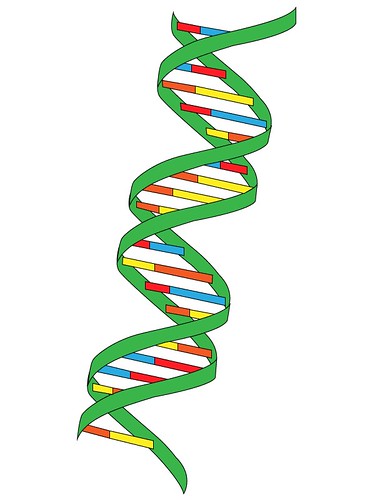
5
New cards
Adenine
nitrogenous base "A"; connects to thymine in DNA and connects to uracil in RNA
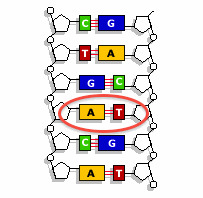
6
New cards
Thymine
nitrogenous base "T"; connects to adenine in DNA
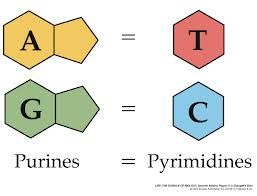
7
New cards
sugar
The molecule that is bonded between the phosphate and the base in the DNA double helix

8
New cards
phosphate
The part of the nucleotide subunit that forms the sides or "rails" of the DNA double helix ladder
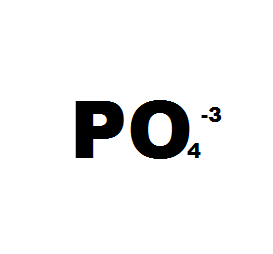
9
New cards
Cytosine
nitrogenous base "C" connects with guanine
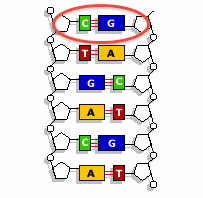
10
New cards
Guanine
nitrogenous base "G"; connects to cytosine
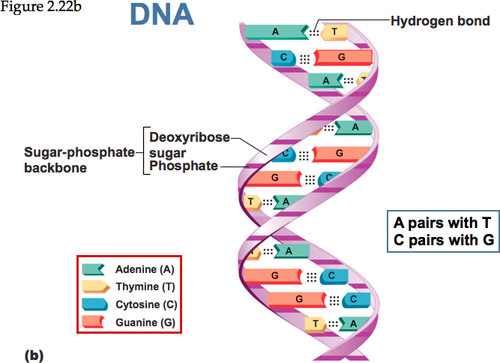
11
New cards
base
Adenine, Thymine, Guanine, and Cytosine are known as these in DNA
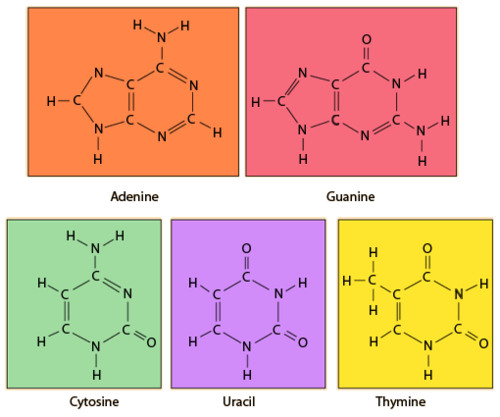
12
New cards
Genome
the complete instructions for making an organism, consisting of all the genetic material in that organism's chromosomes
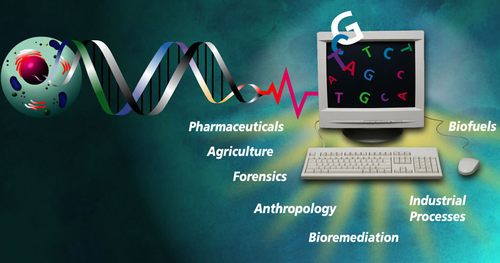
13
New cards
hydrogen bond
bond that connects the base pairs

14
New cards
Genes
DNA segments that serve as the key functional units in hereditary transmission.
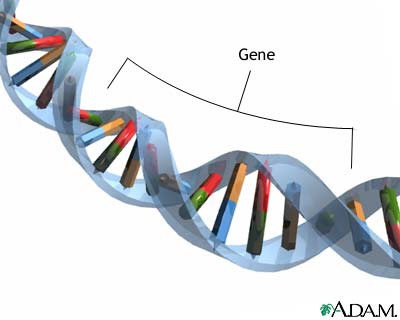
15
New cards
Histones
protein molecules around which DNA is tightly coiled in chromatin
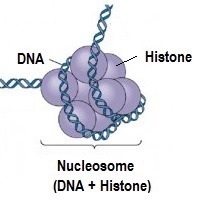
16
New cards
Trait
A characteristic that an organism can pass on to its offspring through its genes.
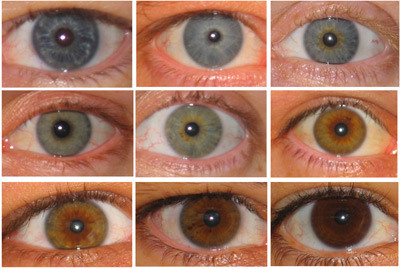
17
New cards
RNA
single-stranded nucleic acid that contains the sugar ribose
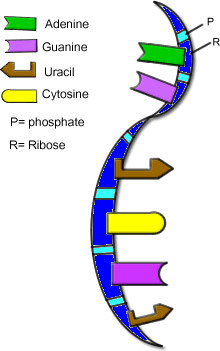
18
New cards
Uracil
a nitrogen-containing base found in RNA (but not in DNA)
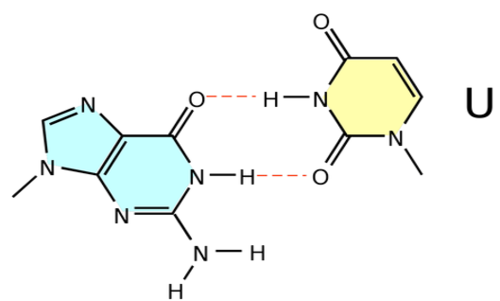
19
New cards
framshift mutations are due to?
insertion or deletion of a base pair
20
New cards
substitiution
Mutation in which a nucleotide base is replaced with another.

21
New cards
Transcription
synthesis of an RNA molecule from a DNA template
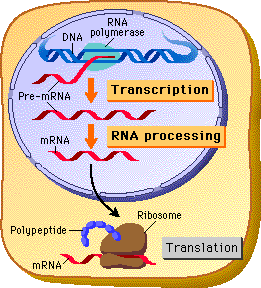
22
New cards
Translation
Process by which mRNA is decoded and a protein is produced

23
New cards
Where does transcription occur?
nucleus
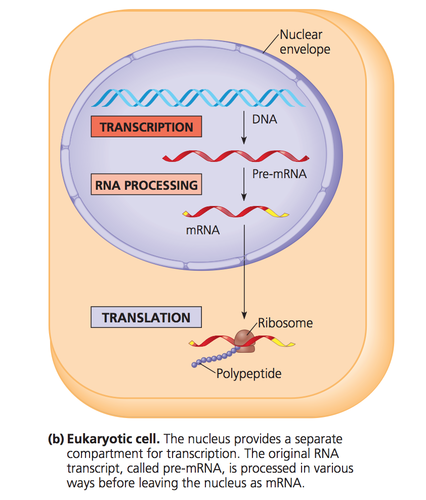
24
New cards
Where does translation occur?
ribosome
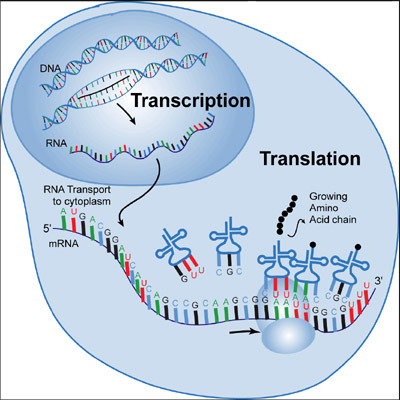
25
New cards
tRNA
transfer RNA; type of RNA that carries amino acids to the ribosome
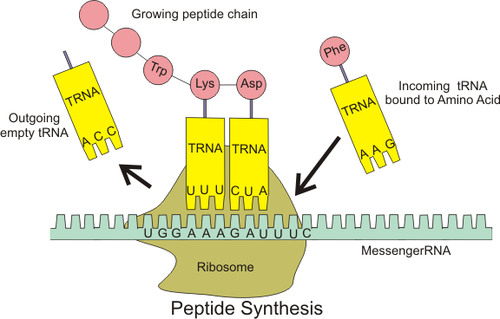
26
New cards
mRNA
messenger RNA; type of RNA that carries instructions from DNA in the nucleus to the ribosome

27
New cards
Protein
made of one or more chains of amino acids and that is a principal component of all cells
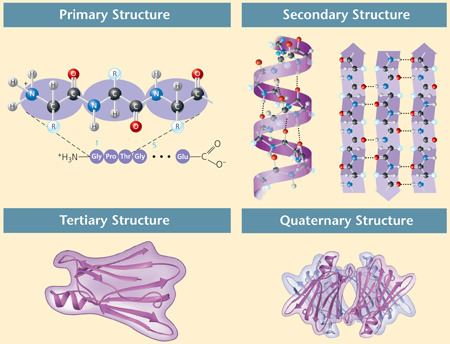
28
New cards
inversion mutation
A mutation involving a piece of a chromosome that breaks off and reattaches in reverse orientation.

29
New cards
Why does transcription occur?
Organelles for protein synthesis (ribosomes) are found in the cytoplasm. DNA is too large to move out of the nucleus, so a section is copied into RNA.

30
New cards
Why does translation occur?
It is putting together the amino acids to make the proteins
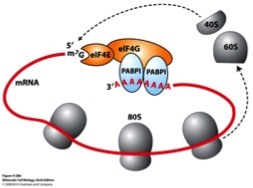
31
New cards
Codon
a sequence of three nucleotides that together form a unit of genetic code in a DNA or RNA molecule.
